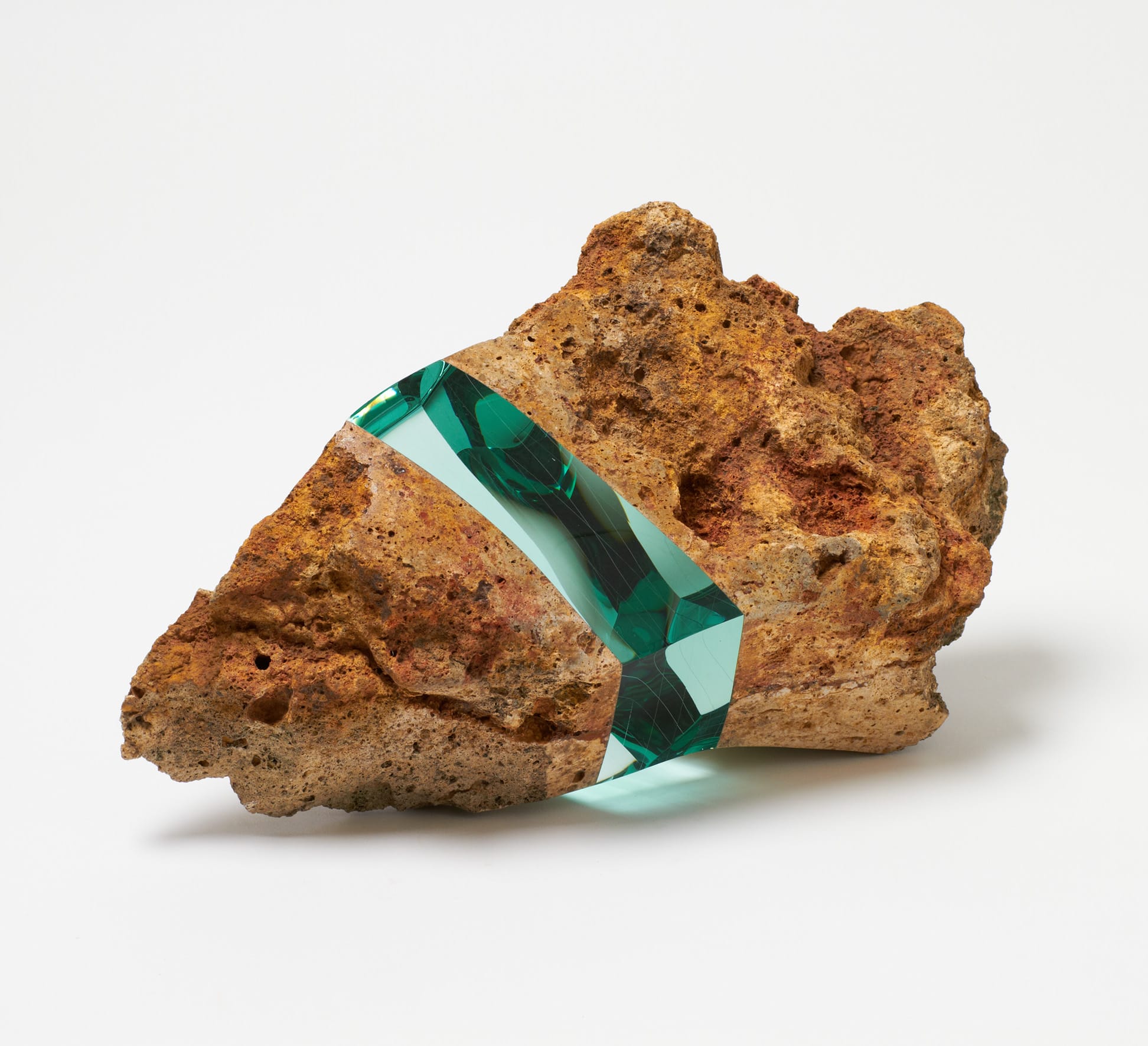Lidar-derived image of the meandering Alabama River in Alabama, USA. The Cahaba River joins the Alabama in the upper center of the image. All images © Dan Coe, shared with permission
Dan Coe (previously) takes us back in time with his impressive collection of river images derived from lidar data. An acronym for “light detection and ranging,” lidar is often employed to make three-dimensional elevation maps. When used aerially, the technology is able to peer through trees and other vegetation to document topographic changes, structures from ancient civilizations, and other remnants of eras past currently disguised by growth.
For his part, Coe translates this collected data into vivid maps that unveil how river and delta patterns shift over hundreds of thousands of years within a single image. In one work, fractal-like tributaries extend in muted tones from the Alabama River, whose current-day shape is rendered in a bright, electrifying shade of blue. Many of the maps take similar forms as they show changes to the mainstems’ lengths and widths, along with losses and expansions in their offshoots.
Coe is currently the graphics editor at Washington Geological Survey, and some of his lidar work focuses on the ancient, ice age-era rivers embedded in the state’s landscape. You can explore a broader selection of his topographic time-travels on his site and Flickr.
Image of the Lena River Delta in Russia, derived from a high-resolution stereo digital elevation model.
Lidar-derived image of the Willamette River, Santiam River, and Luckiamute River north of Albany, Oregon.
Lidar-derived image of the Neches River in east Texas, U.S.
The Yellowstone River near Hysham, Montana. At almost 700 miles in length, the Yellowstone is the longest un-dammed river in the continental U.S.
Lidar-derived image of the Milk River in northeastern Montana. The Milk is a tributary of the Missouri River and its watershed covers parts of Alberta, Saskatchewan, and Montana.
IFSAR-derived image of the Porcupine and Draanjik Rivers in Alaska.
The Vistula River (Wisla) floodplain near Szczucin, Poland. The Vistula is Poland’s prime river, flowing from the border with Czechia and Slovakia to the Baltic Sea.
Do stories and artists like this matter to you? Become a Colossal Member today and support independent arts publishing for as little as $5 per month. The article Lidar-Derived Aerial Maps Reveal the Dramatic Meandering Changes in River Banks Over Millenia appeared first on Colossal.


